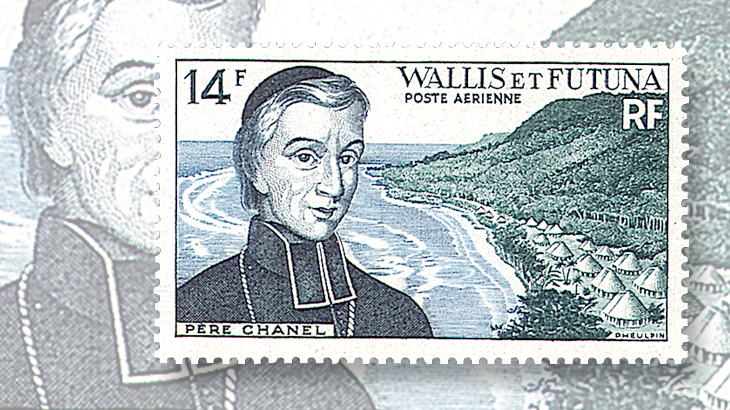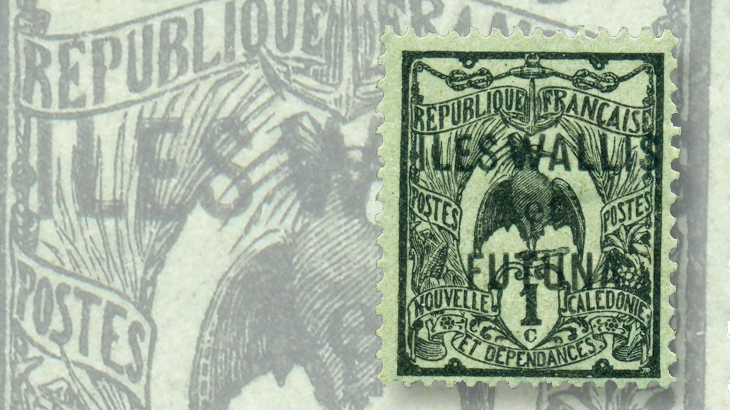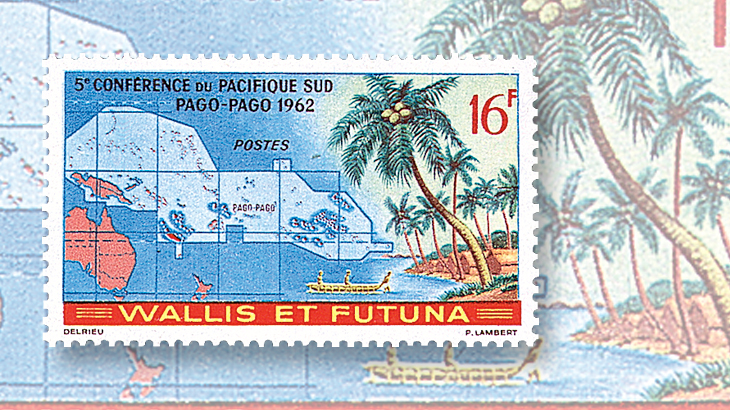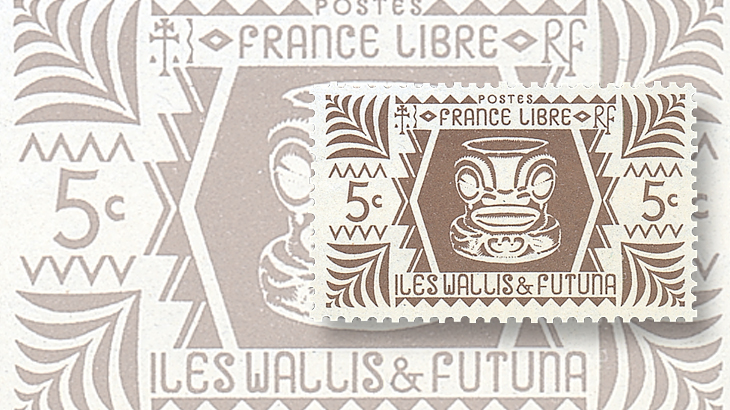World Stamps
Stamps from a little-known Polynesian paradise: Wallis and Futuna
[Editor's note: This is part I of a two-part feature on the fascinating stamps of Wallis and Futuna. Part II: Do some armchair traveling with Wallis and Futuna stamps]
By Janet Klug
Wallis and Futuna might be the least-known islands in all of the South Pacific. Well off the beaten track, remote Wallis and Futuna’s nearest neighbors are Fiji (346 miles southwest) and Samoa (405 miles west).
Wallis (also known as Uvea) Island and Futuna Island are about 100 miles apart. There are 23 islands within Wallis and Futuna, all but three of them uninhabited.
The first stamp shown here, Wallis and Futuna Scott 158, issued in 1962, depicts a map showing the location of Wallis and Futuna within the South Pacific. All three inhabited islands of Wallis and Futuna were originally settled by Polynesians arriving from Samoa and Tonga around A.D. 1000.
The islands of Futuna and Alofi were discovered by Dutch navigators Willem Schouten and Jacob LeMaire in 1616. They named them Hoorn Eylanden, after Schouten’s birth city, Hoorn, in the Netherlands.
A strip of three stamps from 1986 (Scott 340) commemorates the 370th anniversary of the explorers’ discovery of Hoorn Islands, depicting Schouten and LeMaire and a map of Futuna (also known as Alo) and Alofi islands. In 1767, the Cornish explorer Samuel Wallis, aboard the HMS Dolphin, discovered the island that now bears his name.
Wallis and Futuna became a French protectorate in 1842, and that status was formalized in 1887. In 1961, the islands became a French overseas territory, gaining the opportunity for self-government.
Today the Territory of the Wallis and Futuna Islands has a population that hovers around 15,000, most of whom are Polynesian.
Marist missionaries brought the Catholic faith to Wallis and Futuna in 1837. One of the priests, Father Pierre Louis Marie Chanel, became a martyr for the cause in 1841 on Futuna Island and was canonized by the Catholic Church in 1954.
Several stamps have been issued for Father Chanel, now known as St. Peter Chanel; the earliest one (shown here) in 1955 (Scott C12). Today almost all of the islands’ population retains the Catholic faith.
Few people travel to Wallis and Futuna because getting there is neither cheap nor easy. There are direct flights from New Caledonia and Fiji, but the fares are high. Once a traveler arrives, there are few hotels, and they, too, are very expensive. Armchair travel enabled by Wallis and Futuna stamps is certainly the least expensive and easiest way to explore these remote islands.
Wallis and Futuna’s first stamps, issued in 1920, were New Caledonia stamps of 1905-28 overprinted “ILES WALLIS et FUTUNA,” as shown on Wallis and Futuna Scott 1, pictured here.
Prior to the release of these overprinted issues, regular stamps of New Caledonia were used in Wallis and Futuna.
In the 1930s, French colonial common-design stamps were issued for use in Wallis and Futuna.
It wasn’t until 1944 that the islands released their first uniquely Wallis and Futuna stamps (Scott 127-40), depicting an ivi po’o (small bone cylinder) carved with a tiki.
MORE RELATED ARTICLES
Headlines
-
US Stamps
Oct 7, 2024, 3 PMMcMurtrie dismissed as APS education director following Sept. 21 arrest
-
US Stamps
Oct 7, 2024, 12 PMVasiliauskas named president of Mystic Stamp Co.
-
US Stamps
Oct 6, 2024, 5 PMApgar souvenir card available
-
US Stamps
Oct 6, 2024, 4 PMFirst Continental Congress and U.N. stamps receive Scott catalog numbers










